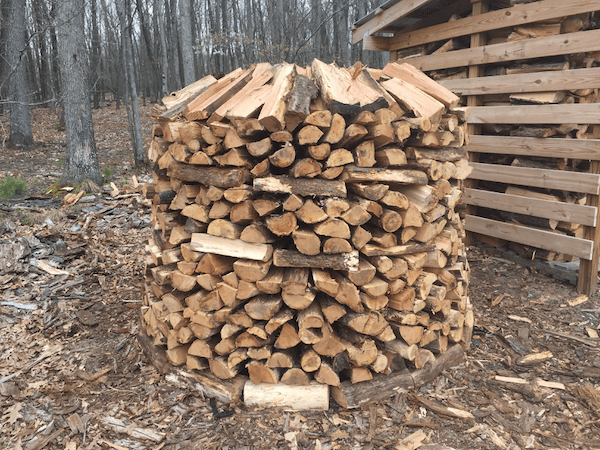
Understanding the Importance of Proper Firewood Maintenance
Ensuring your firewood is well-maintained and properly stored is essential for a cozy and efficient winter. Properly seasoned and stored firewood not only provides better heat but also reduces the risk of pests and mold. In this guide, we’ll explore the steps to maintain and store firewood effectively for a warm and inviting winter atmosphere.
Selecting the Right Type of Firewood
The first step in the process is selecting the right type of firewood. Hardwoods, such as oak and maple, are excellent choices as they burn slower and produce more heat. Softwoods like pine and spruce can be used but tend to burn quickly. Ensure the firewood is well-seasoned, meaning it has been dried for at least six months, to achieve optimal burning efficiency.
Proper Seasoning Techniques
Seasoning firewood is a crucial aspect of its maintenance. Freshly cut wood contains a high moisture content, making it difficult to burn and producing more smoke. To season firewood, stack it in a dry, well-ventilated area. Elevate the wood off the ground using pallets or other materials to allow air circulation. This process allows the wood to dry, reducing moisture content and improving combustion.
Effective Firewood Storage
Once your firewood is properly seasoned, it’s time to focus on storage. Choose a location that is sheltered from the elements, such as a woodshed or covered porch. Ensure that the storage area has good airflow to prevent mold and mildew. Stack the firewood in a crisscross pattern to allow air to circulate easily, promoting further drying and preventing the wood from rotting.
Protecting Firewood from Moisture
Moisture is one of the primary adversaries of firewood. Even well-seasoned wood can absorb moisture if exposed to rain or snow. To protect your firewood, cover the top of the stack with a waterproof tarp. Make sure the sides remain open to encourage air circulation. This simple step goes a long way in preserving the quality of your firewood.
Preventing Pest Infestation
Stored firewood can attract pests such as termites, ants, and beetles. To prevent infestations, keep the storage area clean and free from debris. Avoid stacking firewood directly against the house, as this can provide a pathway for pests to enter. Regularly inspect the wood for signs of insect activity and address any issues promptly.
Maintaining Safety and Accessibility
Safety is paramount when dealing with firewood. Store it at a safe distance from your home to reduce the risk of fire hazards. Additionally, consider creating a designated firewood storage area that is easily accessible, especially during inclement weather. This ensures you can enjoy a warm fire without the hassle of navigating through snow or rain.
Seasonal Inspections and Rotating Stock
Regular inspections of your firewood stock are crucial for identifying any issues promptly. Check for signs of mold, pests, or decay. As a preventative measure, rotate your stock regularly, using the older wood first. This practice not only ensures that your firewood remains in good condition but also prevents waste by utilizing the oldest wood before it degrades.
Maintain and Store Firewood Yourself – A Sustainable Approach
For more tips on sustainable firewood maintenance and storage, visit Maintain and Store Firewood Yourself. This resource provides additional insights into eco-friendly practices and ensures your winter warmth doesn’t come at the expense of the environment.
Conclusion
In conclusion, maintaining and storing firewood yourself is a rewarding and practical task. By selecting the right wood, properly seasoning it, and implementing effective storage practices, you not only ensure a cozy winter but also contribute to a sustainable and efficient heating source for your home. Take the time to care for your firewood, and you’ll reap the benefits of a warm and inviting atmosphere throughout the colder months.










